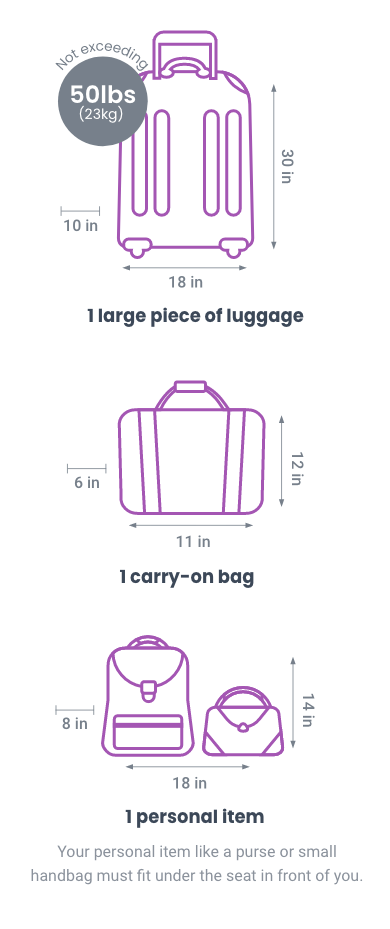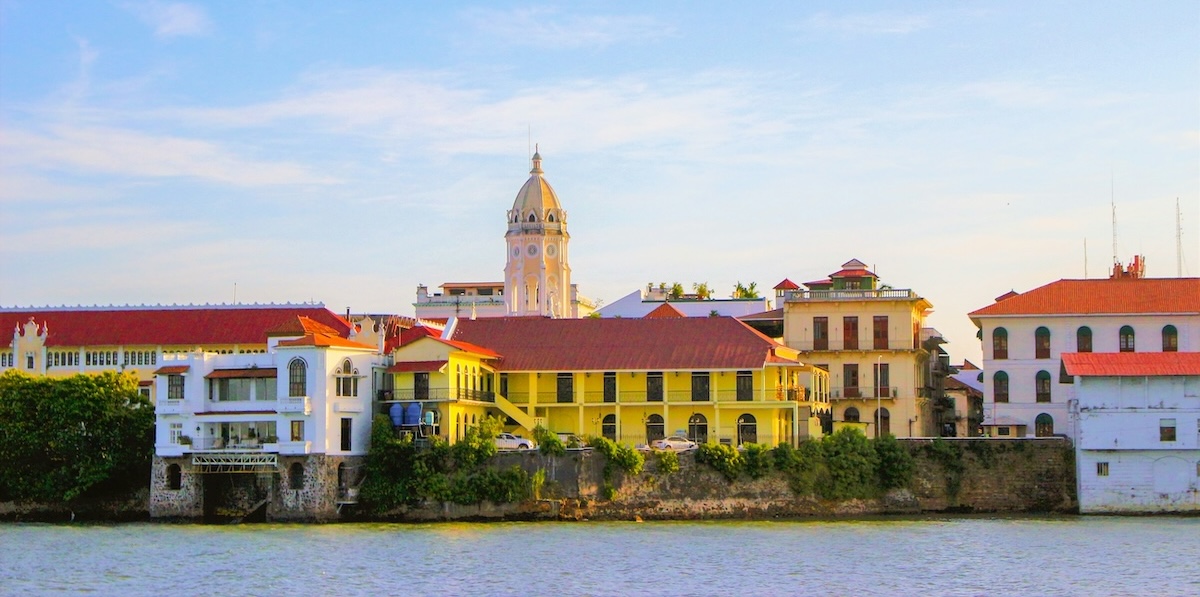About Panama
Overview
Panama, a narrow land bridge connecting North and South America, offers a diverse and captivating experience for tourists. Boasting a tropical climate, pristine beaches, and lush rainforests, it beckons nature enthusiasts and adventure seekers alike. The iconic Panama Canal, a marvel of engineering, is a must-visit, allowing visitors to witness the transcontinental passage of ships. Beyond the canal, historic Panama City charms with its blend of modern skyscrapers and well-preserved colonial architecture in the Casco Viejo district. The country's rich cultural heritage, vibrant festivals, and friendly locals contribute to a vibrant and unforgettable travel experience in this Central American gem.
Capital City: Panama City
Population: 4.351 million (2021)
Currency: Panamanian Balboa (PAB) and US Dollar (USD). $1 USD = $1 PAB
Time Zone: Eastern Standard Time (GMT-5)
Emergency Number: 911
Outlet: Type A/B
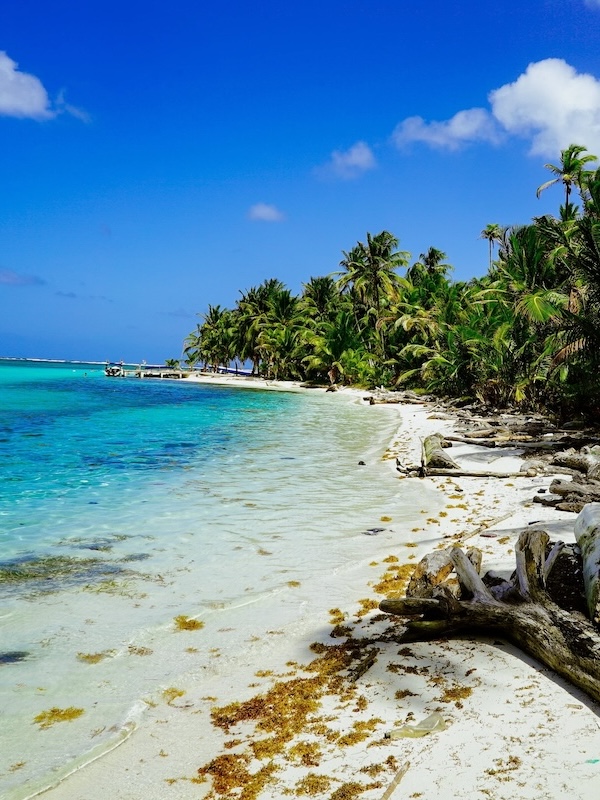
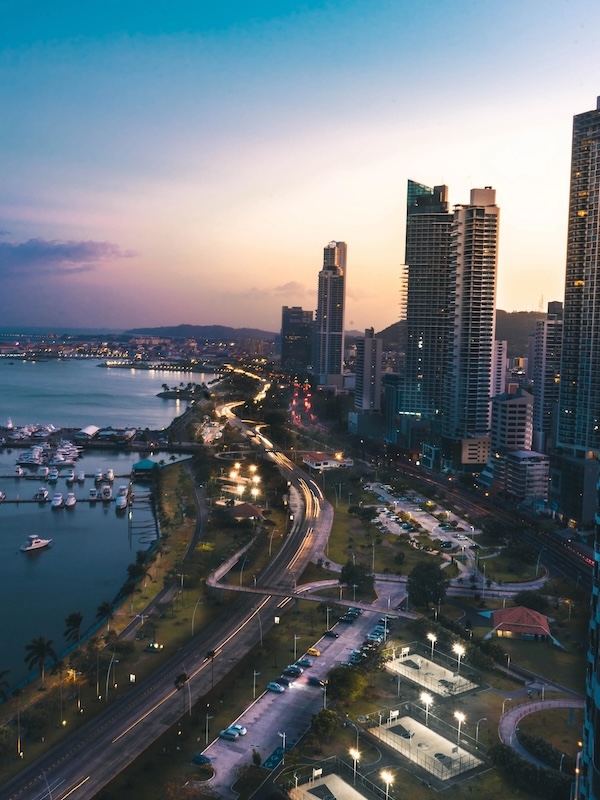
Packing List
Speak The Language
Language: Spanish. A large portion of the population speaks English as a second language.
- Hello - ¡Hola! (O-la)
- Goodbye - ¡Adios! (AH-dee-ohs)
- Thank you - Gracias (GRA-see-as)
- Do you speak English? - ¿Habla inglés? (Ab-la in-GLAYS)
- I (don’t) understand - Yo (no) entiendo (yo no en-tee-EN-doh)
- How are you? - ¿Cómo está? (KOH-moh eh-STAH)
- I’m fine, thank you - Bien, gracias (bee-EN, GRA-see-as)
- What’s your name? - Cómo te llamas? ((KOH-moh te ya-mas?))
- My name is… - Me llamo… (May ya-moh… )
- Where is... - ¿Dónde está… (DON-day es-tah...)
- The bathroom - el baño (el BAH-nyo)
- An ATM - un cajero (un kah-HEH-roh)
Google Translate: Download the Google Translate app or click here
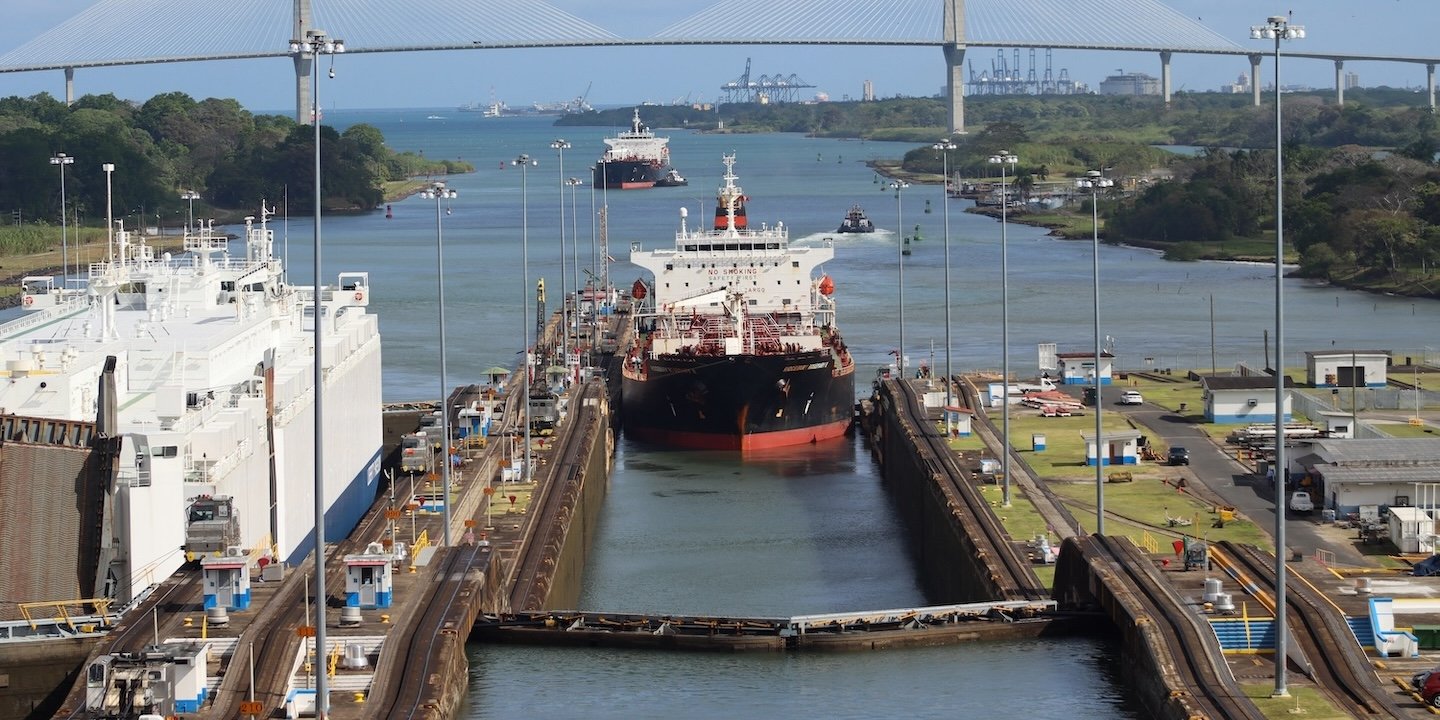
Fun Facts
- Panama is home to the famous Panama Canal, an engineering marvel connecting the Atlantic and Pacific Oceans. Tourists can marvel at the intricate lock systems and witness the fascinating process of ships traversing this crucial waterway.
- Biodiversity Hotspot: Despite its small size, Panama is a biodiversity hotspot. The country boasts over 970 bird species, making it a paradise for birdwatchers. Visitors can explore lush rainforests, encounter unique wildlife, and discover diverse ecosystems.
- Panama's rich cultural heritage is a vibrant blend of indigenous traditions, Spanish influences, and Afro-Caribbean roots. Visitors can immerse themselves in the lively local festivals, such as Carnival, where colorful parades, music, and dance celebrate the country's diverse cultural tapestry.
- Panama City, the capital, juxtaposes modernity with history. The dazzling skyline of skyscrapers stands in contrast to the charming cobblestone streets of Casco Viejo, a UNESCO World Heritage site. Tourists can explore the historic district's colonial architecture, vibrant street art, and trendy cafes, providing a unique blend of old-world charm and contemporary allure.
- Currency of Two Oceans: Panama is the only country in the world with its currency named after two different oceans. The official currency is the Balboa, named after Spanish explorer Vasco Núñez de Balboa, who was the first European to reach the Pacific Ocean. Interestingly, the US dollar is also widely accepted and used as the official currency in Panama, making it a unique dual-currency destination where visitors can transact seamlessly with either currency.
Tipping
Tipping Suggestions: Tips for Guides, drivers, and restaurants are not included. Tips provide supplemental income, and, while not mandatory, are greatly appreciated. If the local teams have added to the experience, please reward them.
| Guides | USD $10-15 per person/per day | |
| Drivers | USD $10-15 per person/per day | |
| Restaurants (full service) | 10% of the total bill |
FAQ
Where can I find information on travel safety? Check out the US Department of State's website for the most up-to-date information on safety while traveling
Is the water safe to drink? Tap water in Panama is drinkable except for a few remote locations. To play it safe, visit any supermarket and buy bottled water.
Are credit cards accepted? Credit cards are accepted widely in Panama City however it is advisable to keep cash on hand for purchases if you leave the city to smaller towns and villages.
Do I need a Visa? For Visa information, click here. Make sure your passport is valid for at least six months after you return home and has two or more blank pages. Otherwise, some countries may not let you enter.
What about vaccines? For vaccination information, click here.
Do you recommend travel insurance? While not required, we highly recommend all Travelers get travel insurance for their trip to protect themselves from the unknown!
How much should I pack? As we will be using shared transfers and spaces throughout our tour we recommend all Travelers pack as lightly as possible. Please take a look at our luggage restrictions below.
What does public transportation look like? There are many ways to get around Panama City. Taxis are affordable and convenient, but be careful to only hire licensed taxi drivers.
Is Uber or Lyft available? Uber is available in Panama City only.
Interacting with Indigenous People and Communities
Visiting an Embera tribe village can be a unique and enriching experience. However, it is important to approach their culture with respect and sensitivity. Here are some guidelines to keep in mind:
-
Seek permission: It is advisable to ask for permission before taking pictures of the Embera people, their village, or any specific cultural practices. Respect their privacy and cultural norms. Some individuals may not feel comfortable being photographed, so it is essential to be considerate and ask for consent.
-
Follow cultural protocols: The Embera people have their own customs and traditions. It is important to familiarize yourself with their cultural protocols and follow them during your visit. This may include specific greetings, dress codes, or rules about entering certain areas of the village. By respecting their customs, you demonstrate your appreciation for their culture.
-
Engage respectfully: When interacting with the Embera people, approach them with respect and genuine interest. Be mindful of your behavior and language, as certain actions or words may be considered disrespectful or offensive. Treat the villagers with kindness and engage in meaningful conversations to learn about their way of life.
-
Support local artisans: The Embera people are known for their craftsmanship and traditional arts. If you wish to purchase souvenirs or handicrafts, consider buying directly from the local artisans. This helps support their livelihoods and preserves their cultural heritage.
Please keep in mind that the information provided is based on general knowledge and may not capture all the nuances of the Embera culture. It is always best to approach your visit with an open mind, respect, and a willingness to learn from the Embera people themselves.
Luggage Restrictions
.jpg)
